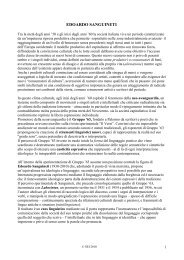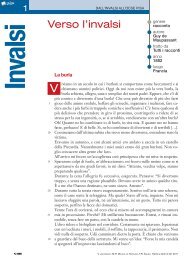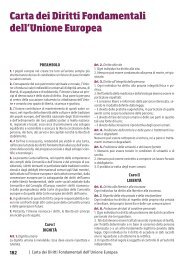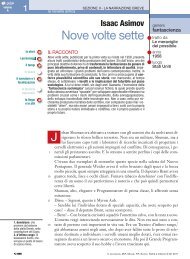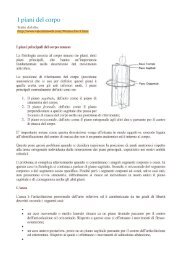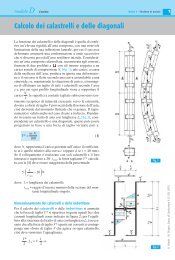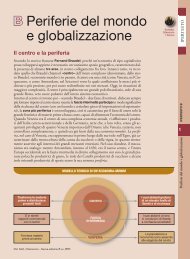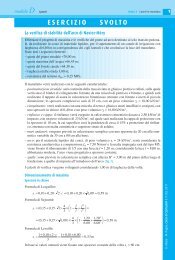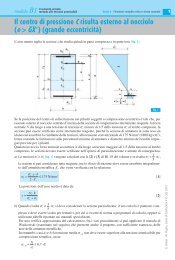Create successful ePaper yourself
Turn your PDF publications into a flip-book with our unique Google optimized e-Paper software.
© SEI – 2012<br />
Risk Assessment: Predicting Volcanic Eruptions<br />
Table 1 summarizes the major known volcanic disasters since<br />
AD 1500. The potential for such disasters in the future makes a<br />
volcanic eruption one of the greatest of geologic hazards. It<br />
also makes risk assessment and prediction of volcanic eruptions<br />
an important part of modern science.<br />
Approximately 1,300 active volcanoes are recognized globally,<br />
and 5,564 eruptions have occurred in the past 10,000 years.<br />
These figures do not include the numerous submarine volcanoes<br />
of the Mid-Oceanic Ridge system. Many volcanoes have<br />
erupted recently, and we are certain that others will erupt soon.<br />
How can geologists predict an eruption and reduce the risk of<br />
a volcanic disaster?<br />
Regional Prediction<br />
Volcanoes concentrate near subduction zones, spreading centers,<br />
and hot spots over mantle plumes but are rare in other<br />
places. Therefore, the first step in assessing the volcanic hazard<br />
of an area is to understand its tectonic environment. Western<br />
Washington and Oregon are near a subduction zone and in a<br />
region likely to experience future volcanic activity. Kansas and<br />
Nebraska are not.<br />
Furthermore, the potential violence of a volcanic eruption is<br />
related to geologic environment of the volcano. If an active volcano<br />
lies on continental crust, the eruptions may be violent because<br />
granitic magma may form. In contrast, if the region lies<br />
on oceanic crust, the eruptions may be gentle because basaltic<br />
volcanism is more likely. Violent eruptions are likely in Western<br />
Washington and Oregon, but less so on Hawaii or Iceland 1 .<br />
Table 1 Some notable volcanic disasters since the year ad 1500 involving 4,000 or more fatalities<br />
Hazard: a danger or risk<br />
Assessment: evaluation, estimation<br />
Likely: probable or expected<br />
6 I <strong>fenomeni</strong> <strong>vulcanici</strong><br />
Risk assessment is based both on frequency of past eruptions and<br />
on potential violence. However, regional prediction only estimates<br />
probabilities and cannot be used to determine when a particular<br />
volcano will erupt or the intensity of a particular eruption.<br />
1 Katla is a large volcano in Southern Iceland. It is very active; twenty eruptions<br />
have been documented between 930 and 1918, but its eruptions are not violent.<br />
Katla has been showing signs of unrest since 1999, and geologists have concerns<br />
that it might erupt in the near future.<br />
Year Country Volcano Number of Death<br />
1586 Indonesia Kelut 10,000<br />
1631 Italy Vesuvius 6,000<br />
1669 Italy Etna 10,000<br />
1783 Iceland Lakagigar 9,350<br />
1792 Japan Unzen 15,000<br />
1816 Indonesia Tambora 92,000<br />
1883 Indonesia Krakatoa 4,000<br />
1902 Martinique Pelée 40,000<br />
1902 Guatemala Santa Maria 6,000<br />
1919 Indonesia Kelut 5,000<br />
1985 Colombia Nevado del Ruiz 23,000<br />
131<br />
CONTENT AND LANGUAGE INTEGRATED LEARNING CLIL



